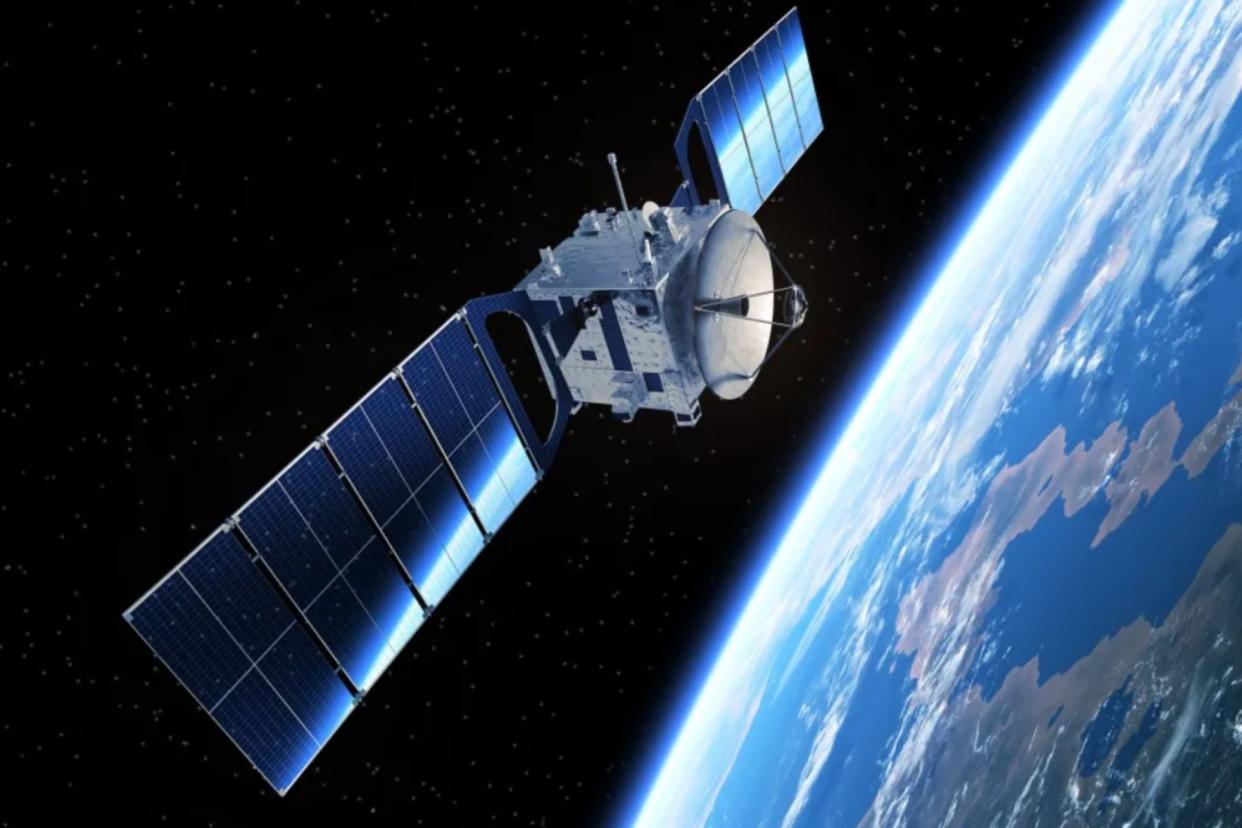Scientists develop innovative satellite propulsion system that uses air as fuel: 'It opens the door to new scientific discoveries'

Researchers at England's University of Surrey are developing air-fueled spacecraft that can encircle the Earth at a very low orbit.
It's a precarious height, at around 95 to 250 miles up. At that level, atmospheric drag could crash the vessel into the Earth if it's not properly propelled, according to a report from Interesting Engineering.
By replacing chemical fuel with an ingenious air-breathing electric propulsion system, the experts can provide cleaner operations and a lower, better view from which to monitor the Earth. It's also a travel area with far less debris and other traffic. The next level up is the more common space where satellites orbit, all per IE.
"There are benefits to flying in very low altitude orbits, like being able to operate Earth observation at much higher resolutions than offered at present," Andrea Lucca Fabris, a senior lecturer on electric propulsion at Surrey, said in a university report.
The research is funded with $316,000 from the United Kingdom Space Agency. As part of the analysis, experts will make a concept design, analyze orbital mechanics, and perform other tests.
The setup works when the satellite's propulsion system collects upper atmosphere air, pushing it through an ionization chamber. Once there, the particles are hit with energy that turns them into very hot and charged plasma, often called the fourth state of matter by scientists.
Watch now: World-famous climber shares how he teaches his baby daughter to compost
Needless to say, the unit requires some pretty high-tech equipment.
"We've been developing a cathode, or neutraliser, to work in electrostatic thrusters operating in the thin air found in ultra-low Earth orbit," research student Mansur Tisaev told IE. "By collecting and compressing the gasses at that altitude, we can create a propellant flow … accelerated using combinations of electric and magnetic fields, harnessing electrical power from solar panels."
The lower-orbit view can provide scientists with better ways to gauge the planet's health, perhaps identifying methane leaks faster, or even helping to develop terrestrial clean-energy projects by finding a perfect spot for a wind farm, for example.
In the former scenario, the innovation could become a better way to tackle some of our most worrisome pollution problems. Methane leaks can spew hundreds of tons of the intense planet-warming gas into the air each hour. In turn, the warming planet is expected to impact even our food supply through decreased agricultural productivity, among other health and ecosystem woes.
In the future, orbital watchers could help resolve some of the trouble spots faster, among other perks, according to the experts.
"It could also mean faster telecommunications, and it opens the door to new scientific discoveries about conditions in the ionosphere, which could help develop more accurate atmospheric models," Fabris said.
Join our free newsletter for weekly updates on the coolest innovations improving our lives and saving our planet.

